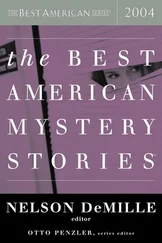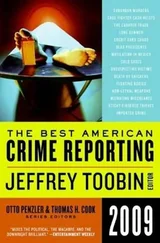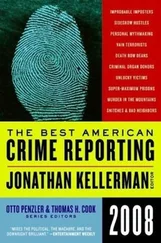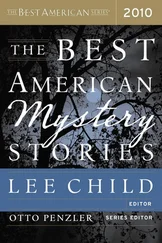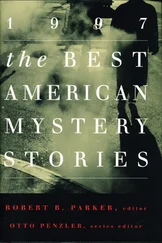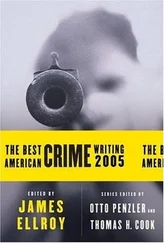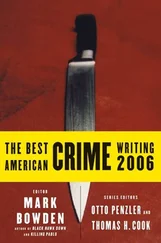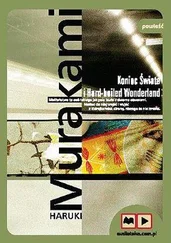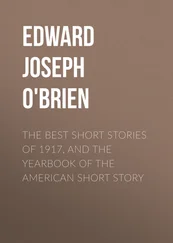Literary writers were not the only ones energized by both heroic and villainous men and women and their deeds. Writers of popular fiction were equally motivated, in particular during the last four decades of the nineteenth century, when the “dime novel” pioneered by New Yorker Erastus Beadle revolutionized mass-market publishing. The first of Beadle’s slender, cheaply printed story booklets appeared in June 1860. Compulsory education in most states had created a growing number of readers, many of whom were more interested in escapist entertainment than in literary fiction and could not afford the 25 cents for which paper-covered novels were then sold. Beadle’s Dime Novel Library was an instant success and spawned scores of competitively priced series from other publishers.
Early dime novels were melodramatic tales with historical, sea, and frontier settings; but in the 1870s, stories of street life in New York City and Philadelphia came into vogue, and soon afterward, into this milieu, the mass-audience detective story was born. “Old Sleuth, the Detective” appeared in Fireside Companion in June 1872 and was soon followed by dozens of other investigators of every conceivable occupation and based in every major city from Boston to San Francisco. Not all were men, either; successful series featured such women sleuths as Round Kate and the Western Lady Detective.
By today’s standards, the dime-novel detective story was pallid juvenile fare. There was little character development; for the most part, the protagonists were ciphers, with neither moral code nor personality. The streets and alleys they prowled were those of hack writers’ imaginations. Even the most popular and best-known of the dime-novel manhunters, Nick Carter (whose twenty-year career began in 1886 in New York Weekly), offered little in the way of realism, humanity, or social conscience. These characters were detectives in name only, in only the barest sense progenitors of the tough-guy hero of the twentieth century. Yet it was their devotion to justice and their feats of derring-do that paved the way for their hard-boiled offspring. Cheap-fiction publishers of the early twentieth century would not have been so quick to promote the crime story if it had not been for the enormous followings built up by the dime-novel sleuths.
Another development in the birth of the noir crime story, this one of major proportions, also began in the nineteenth century. Frank A. Munsey, a tightfisted magazine publisher of adventure stories for young adults, decided in 1895 to revamp one of his publications, Argosy, in two distinct ways: first, by turning it into an all-fiction magazine aimed at adult readers; and second, by printing the new Argosy on rough wood-pulp paper, which was much less expensive than the smooth paper stock that was standard for periodicals of the time. The conversion to wood pulp allowed Munsey to print and circulate a greater number of copies of Argosy and his other magazines. The move was rewarded by a substantial increase in sales. By the turn of the century, Argosy’s circulation topped 80,000 copies a month, and by 1910 it had soared to 250,000 copies.
Munsey’s rivals — chiefly, Street & Smith, which had supplanted Erastus Beadle and his partner, Robert Adams, as the predominant supplier of dime novels — soon brought out seven- by ten-inch pulp-paper magazines of their own. Many more so-called pulps were introduced during the 1910s: at first mostly general fiction publications, and then an increasing number specializing in categories such as Western stories and, beginning in 1915, detective stories. The first detective pulp was in fact a conversion of Street & Smith’s thriller, Nick Carter, which in its new incarnation featured the adventures of other sleuths in addition to Nick Carter. With the exception of love-story magazines, the pulps were aimed primarily at a male readership; for this reason, especially from the 1920s onward, they were given vividly colored enameled covers whose artwork usually depicted scenes of high melodrama. Mass-market readers overwhelmingly preferred this new form of cheap fiction; dime novels and their cousins, flimsy story-paper weeklies, were virtually extinct by the end of the 1920s.
In 1920, another important development occurred, ironically enough as the long-range result of a decision by a pair of literary entrepreneurs, H. L. Mencken and George Jean Nathan, who would later sneer openly at hard-boiled fiction. Mencken and Nathan were co-owners of the Smart Set, a glossy “magazine of cleverness” that was in constant financial trouble. They sought to subsidize it by publishing a pulp monthly that they called The Black Mask — “a lousy magazine, all detective stories, [that has] burdened Nathan and me with disagreeable work,” as Mencken complained in a letter. Under their brief auspices, Black Mask was largely stocked with mannered, drawing-room-type mystery stories. It attracted women readers as well as men (one of its early enthusiasts was reputedly Woodrow Wilson), and its sales were substantial enough to allow Mencken and Nathan to sell it after six months for $12,500, a tidy profit on an initial investment of $500. The new owners, Pro-Distributors Corporation, appointed George W. Sutton and then P. C. Cody as editors. Cody, in particular, transformed the magazine into one that featured crime stories in American settings (along with adventure and Western stories). Black Mask’s “new look” attracted two young writers whose work would have a strong impact on the hard-boiled form, one briefly and the other lastingly.
“Three Gun Terry,” a tough-minded story by Carroll John Daly, was printed in the May 15, 1923, issue. Just two weeks later, Daly’s byline topped the first fully realized private-eye tale, “Knights of the Open Palm,” an anti-Ku Klux Klan diatribe that starred a violent, poorly educated, somewhat sadistic loner named Race Williams. Readers embraced Williams with such fervor that Daly was encouraged to bring him back fifty-two times over the next dozen years. In a 1930 readers’ poll, Daly was judged Black Mask’s favorite writer.
Despite his popularity, Daly was a crude and badly flawed writer. He was cursed with a tin ear where speech patterns of the day were concerned and possessed no talent at all for characterization. His action sequences (on which all his tales relied heavily) were invariably implausible, his plotting was weak and obvious, all his characters seem hewn from the same block of wood, and the East Coast environs in which Race Williams operated were no more authentically portrayed than were those in the dime-novel detective stories.
A far more literate and polished writer, whose detective was modeled on a real-life Pinkerton agent and whose stories were set in a sharply and believably drawn northern California milieu, was Dashiell Hammett. His first Continental Op story, “Arson Plus,” was published in the October 1, 1923, issue under the pen name Peter Collinson, four months after Race Williams’s debut. It was Hammett’s third appearance in Black Mask, the previous two having also carried the Collinson byline. His second Op novelette, “Crooked Souls,” published two weeks after “Arson Plus,” was Hammett’s first appearance in the magazine under his own name. Altogether, the Op was featured in two dozen Black Mask stories, plus the serialized versions of The Dain Curse and Red Harvest, from 1923 to 1929. The Maltese Falcon, Hammett’s hugely influential novel, in which San Francisco private eye Sam Spade pursues the fabulous jewel-encrusted black bird, “the stuff that dreams are made of,” was also serialized in Black Mask before its publication in book form in 1930.
Читать дальше

